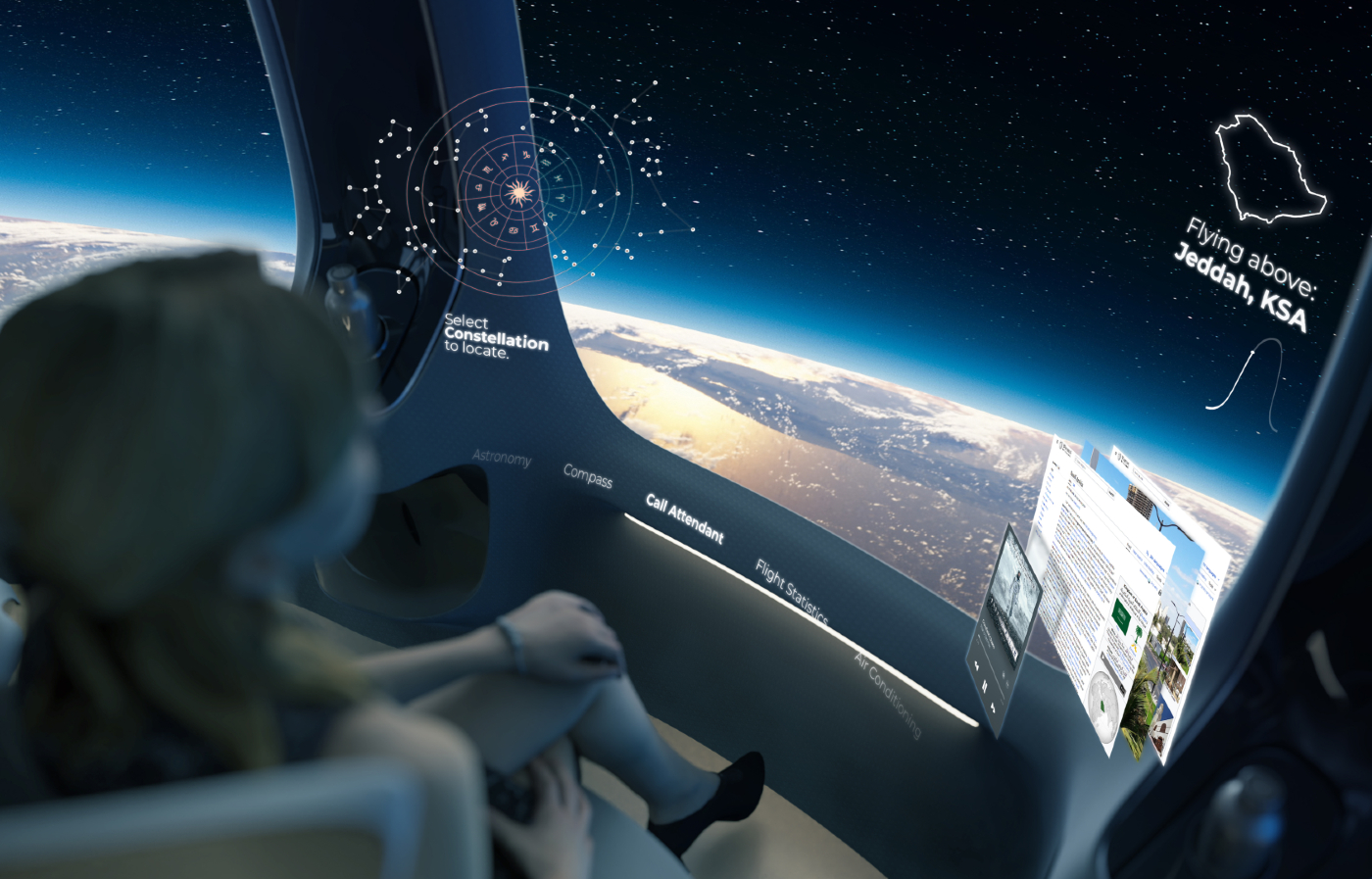McLaren P1 designer releases images of space capsule for tourists
0-25 miles high in less than three hours
Frank Stephenson is best known for penning supercars with “stratospheric” top speeds but his latest design is of a vehicle that will take passengers literally into the stratosphere, up to 25 miles above the surface of the Earth.
The McLaren P1, Ferrari F430 and Maserati MC-12 designer’s London-based studio has created the interior for “The Aurora”, a capsule that will be used by commercial spaceflight firm Halo Space to transport up to 3,200 paying customers per year into the planet’s second atmospheric layer.
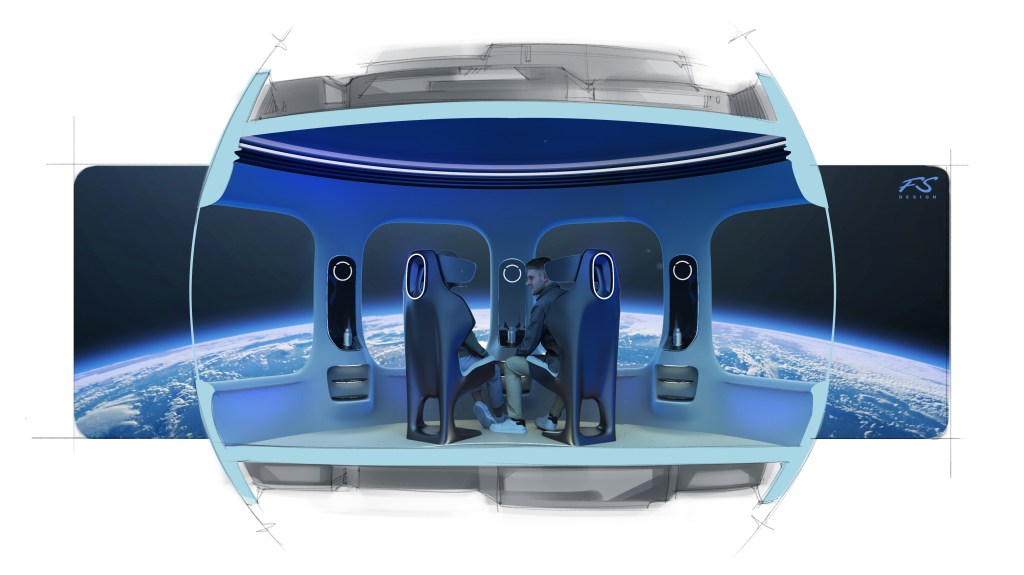
The maximum height is less than half that of the Blue Origin commercial spaceflight experience, which reaches 62 miles high, but unlike rocket-propelled experiences a trip in The Aurora produces zero emissions, as it’s hoisted into the sky via a helium-filled atmospheric balloon. Halo says that from their lofty perch, customers will be able to clearly see “the curvature of the Earth with its blue halo and the darkness of space.”
They’ll be able to do so via large viewing windows, and in tech-adorned comfort thanks to the efforts of Frank Stephenson Design. Pictures released this morning show the team’s work, inspired by space age architecture and design, with curved lines and reflective materials that “evoke the awe-inspiring beauty of the cosmos.”

Eight passenger seats plus a pilot seat are arranged around the capsule in a configuration that the consultancy says is reminiscent of the arms of the Milky Way, with positions for take-off/ landing and the voyage itself, providing passengers with “optimal viewing angles”.
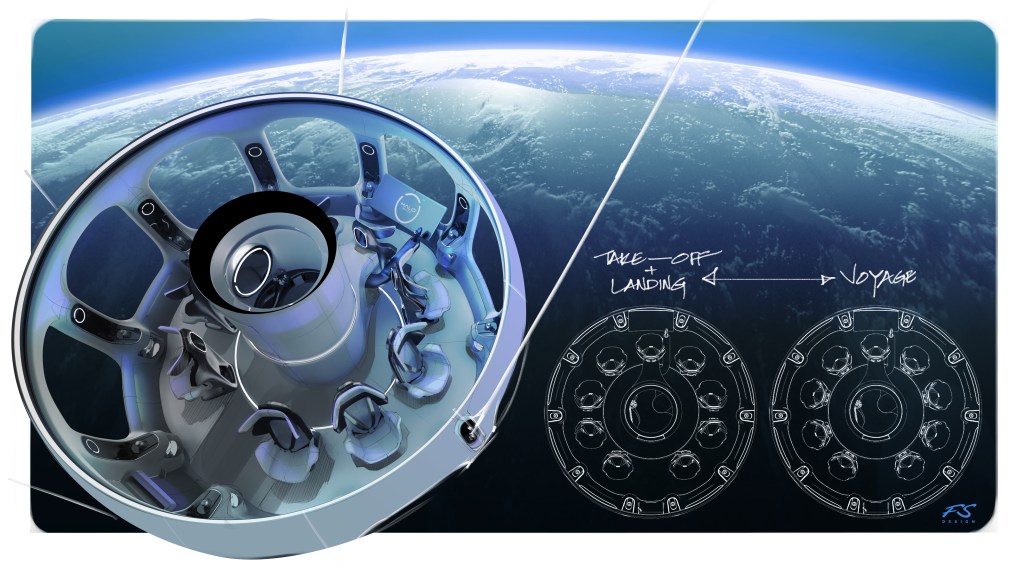
Lightweighting is an important feature of hypercar design but arguably is even more significant when it comes to flight applications, so aluminium alloy and composites are used extensively to achieve a total take-off weight of 3,500 kilograms. The minimalistic design and slimline materials also help provide what is described as a spacious environment.
Passengers will have the use of a central lavatory — a key feature given the four- to six-hour flight times.
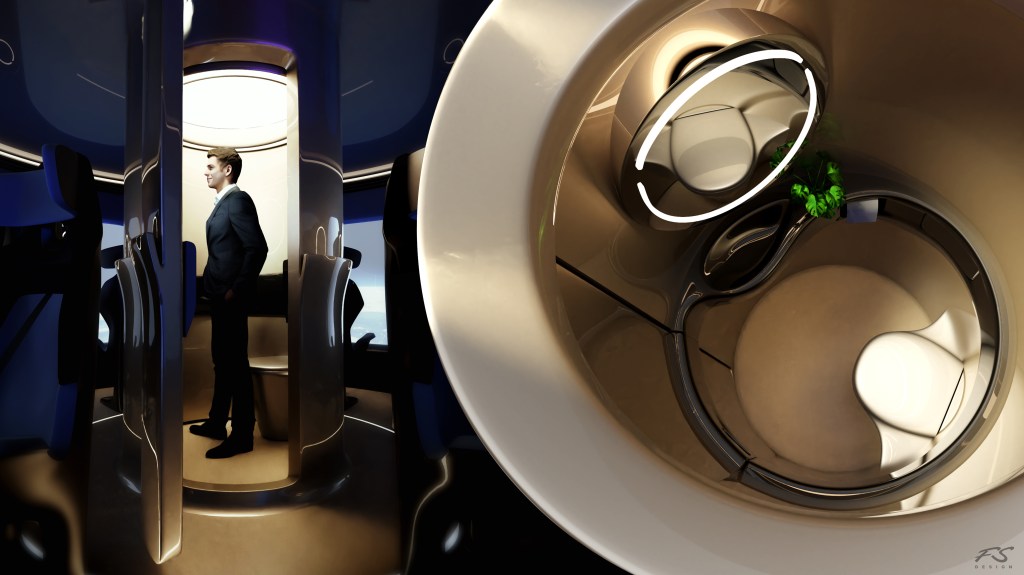
“Working on a project of this magnitude brings about many challenges from a design perspective,” said Stephenson, who is founder and creative director of the design studio.
“Crafting a beautiful interior for passengers while considering factors like strict safety regulations and weight distribution presented challenging hurdles, while being totally committed to offering both a luxurious, aesthetic appeal with functionality. I am immensely proud of what we have achieved.”
Carlos Mira, CEO of Halo Space, said: “We wanted every minute of the journey to be unforgettable for our passengers. Frank and his team have created a capsule that not only embodies luxury and elegance but also prioritises safety and functionality. It’s a testament to our commitment to providing the ultimate spaceflight experience.”
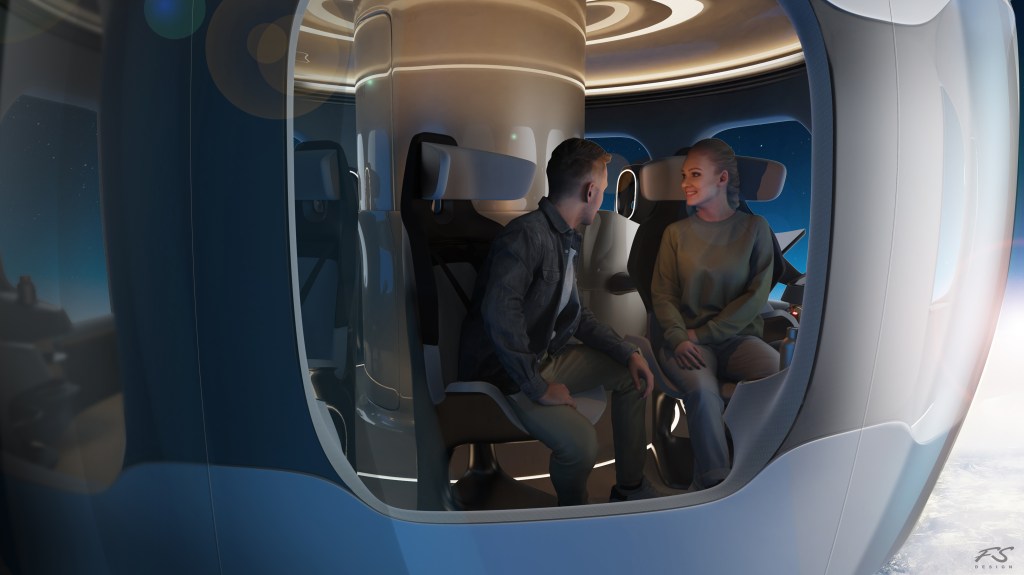
The company’s aims to begin commercial trips from next year, with plans for 10,000 passengers by 2030. Halo also says it is “developing initiatives to remove financial barriers, enabling passionate individuals to fulfil their dreams of space exploration,” though has stated that standard tickets will cost anywhere between $100,000 and $200,000 (£79,790-£159,581) each.
Related articles
- If you were interested in this article about Frank Stephenson Design’s work on The Aurora space capsule, you might like to see Stephenson’s work on reinventing the motorcycle
- McLaren P1 designer Frank Stephenson really doesn’t like the Tesla Cybertruck
- Also check out our interview with Stephenson during his time as McLaren’s chief designer
Latest articles
- Porsche has begun testing the electric Cayenne
- Cupra Leon 272 eHybrid 2024 review: Bigger battery, better tech … but is it a Cupra?
- Porsche 911 GTS 2024 review: Hybrid heresy or more Stuttgart genius?
- Extended test: 2023 Vauxhall Astra Sports Tourer GS PHEV
- Ford Capri revival has faced a lot of flak… but are buyers put off? Here’s what visitors to the Festival of Speed had to say
- Aston Martin Valkyrie AMR-LMH hypercar hits track ahead of 2025 Le Mans challenge
- F1 2024 calendar and race reports: What time the next grand prix starts and what happened in the previous rounds
- ‘No timeframe’ for how long Volvo’s returning estate cars will be on sale in UK
- Kia Picanto 2024 review: Updates add spice to cute Korean city car


